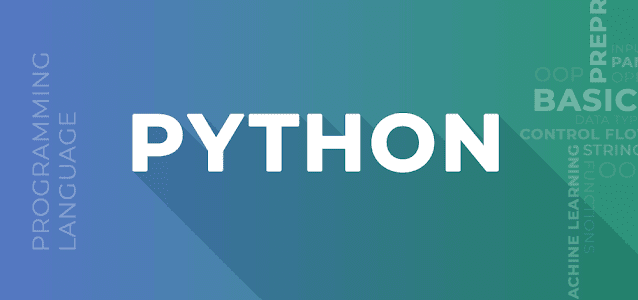Effective programming often hinges on selecting the appropriate data structure for a given task. The right data structure can significantly impact the performance, readability, and maintainability of your code. In this guide, we'll explore common scenarios and provide practical advice on choosing the right data structure in Python.
Understanding Your Requirements
The first step in choosing the right data structure is understanding the requirements of your task. Ask yourself the following questions:
- What type of data are you working with?
- What operations do you need to perform on the data (insertion, retrieval, deletion, etc.)?
- What are the space and time complexity constraints?
- Are there any specific features required, such as ordering, uniqueness, or fast lookup?
Common Data Structures and Scenarios
Let's explore common data structures and the scenarios in which they excel:
Lists:
Use lists when you have an ordered collection of elements and need dynamic resizing. Lists are versatile and suitable for various scenarios, including simple sequences of elements.
# Example: List of numbers
numbers = [1, 2, 3, 4, 5]
Sets:
Choose sets when dealing with unique elements and performing set operations like union, intersection, and difference. Sets provide fast membership tests.
# Example: Set of unique colors
unique_colors = {'red', 'green', 'blue'}
Dictionaries:
Opt for dictionaries when you need key-value pairs for efficient data retrieval. Dictionaries are excellent for scenarios where quick access to values based on a key is crucial.
# Example: Dictionary of student information
student = {'name': 'Alice', 'age': 20, 'major': 'Computer Science'}
Arrays:
Use arrays when working with homogeneous data types and need efficient numerical computations. Arrays are suitable for scenarios like mathematical operations or storing large datasets.
# Example: Numeric array using NumPy
import numpy as np
numeric_array = np.array([1, 2, 3, 4, 5])
Queues:
Opt for queues when you need to enforce a first-in-first-out (FIFO) order. Queues are useful for managing tasks or processing elements in a sequential manner.
# Example: Queue using collections module
from collections import deque
my_queue = deque([1, 2, 3, 4, 5])
Stacks:
Choose stacks when you need to enforce a last-in-first-out (LIFO) order. Stacks are useful for scenarios such as managing function calls or tracking state changes.
# Example: Stack using a list
my_stack = [1, 2, 3, 4, 5]
Trees:
Opt for trees when dealing with hierarchical relationships and need efficient searching, insertion, and deletion. Trees are excellent for representing organizational structures or nested relationships.
# Example: Binary tree node in Python
class TreeNode:
def __init__(self, data):
self.data = data
self.left = None
self.right = None
Graphs:
Choose graphs when modeling complex relationships beyond hierarchies. Graphs are versatile and can represent social networks, network structures, or interconnected systems.
# Example: Graph class in Python
class Graph:
def __init__(self):
self.graph = {}
def add_edge(self, u, v):
if u not in self.graph:
self.graph[u] = []
if v not in self.graph:
self.graph[v] = []
self.graph[u].append(v)
self.graph[v].append(u)
Considerations for Choosing
Consider the following factors when choosing a data structure:
- Complexity: Choose a data structure that simplifies your code and matches the complexity requirements of your task.
- Readability: Prioritize readability to enhance collaboration and maintainability.
- Memory Usage: Be mindful of memory constraints, especially in resource-sensitive environments.
- Performance: Understand the time complexity of operations and choose a structure that optimizes for your specific use case.
Conclusion
Choosing the right data structure is a crucial aspect of effective programming. By understanding your requirements, considering the characteristics of different data structures, and evaluating the specific needs of your task, you can make informed decisions that lead to efficient, readable, and maintainable code. Tailor your choices to the unique demands of your project, and you'll unlock the full potential of Python's versatile data structures.




.jpg)


.png)
0 Comments